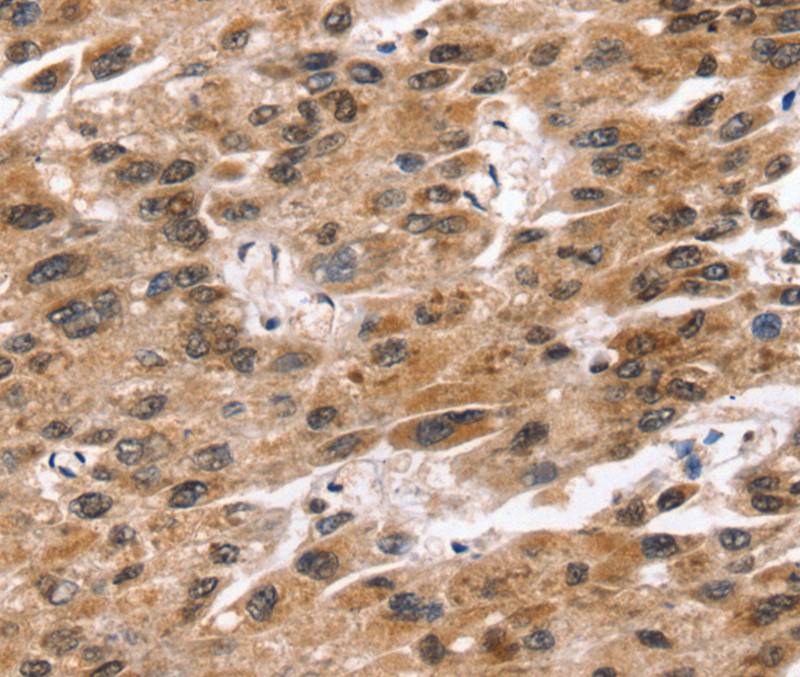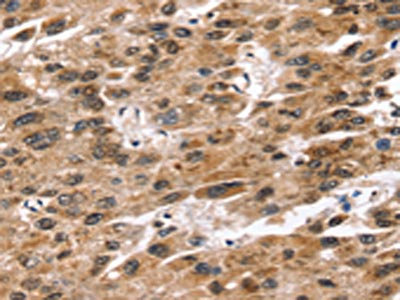Syntrophin alpha 1 antibody
GTX11186
ApplicationsWestern Blot, ImmunoHistoChemistry, ImmunoHistoChemistry Paraffin
Product group Antibodies
ReactivityHuman, Rat
TargetSNTA1
Overview
- SupplierGeneTex
- Product NameSyntrophin alpha 1 antibody
- Delivery Days Customer9
- Application Supplier NoteWB: 1:1,000. IHC-P: 1:100. *Optimal dilutions/concentrations should be determined by the researcher.Not tested in other applications.
- ApplicationsWestern Blot, ImmunoHistoChemistry, ImmunoHistoChemistry Paraffin
- CertificationResearch Use Only
- ClonalityPolyclonal
- ConjugateUnconjugated
- Gene ID6640
- Target nameSNTA1
- Target descriptionsyntrophin alpha 1
- Target synonymsLQT12, SNT1, TACIP1, dJ1187J4.5, alpha-1-syntrophin, 59 kDa dystrophin-associated protein A1 acidic component 1, acidic alpha 1 syntrophin, dystrophin-associated protein A1, 59kDa, acidic component, pro-TGF-alpha cytoplasmic domain-interacting protein 1, syntrophin-1
- HostRabbit
- IsotypeIgG
- Protein IDQ13424
- Protein NameAlpha-1-syntrophin
- Scientific DescriptionThe syntrophins are a family of intracellular peripheral membrane proteins (58-60 kDa), comprising at least three isoforms alpha1, beta1 and beta2. Syntrophins in mammalian skeletal muscle have been shown to be part of a complex of proteins associated with dystrophin, the product of Duchenne/Becker muscular dystrophy gene. The dystrophin-associated protein (DAP) complex is thought to link cortical actin to the extracellular matrix, thereby stabilizing the sarcolemma during repeated cycles of contraction and relaxation.6 At the neuromuscular junction, the DAPs have been implicated in agrin-stimulated clustering of nicotinic acetylcholine receptors. Dystrophin and DAPs are also found at synapses in the brain and retina. Thus, the syntrophins and other DAPs may participate in sarcolemma stabilization and synaptogenesis. Based on their domain organization and association with neuronal nitric oxide synthase (nNOS), syntrophins are thought to function as modular adapters to recruit signaling proteins to the membrane via association with the dystrophin complex. The alpha1, beta1 and beta2-syntrophin isoforms contain two pleckstrin (PH) homology domains, found in a wide array of signaling proteins, mediating signal-dependent membrane association. Inserted within the first syntrophin PH domain is a PDZ domain, which is known to be involved in binding the Cterminal tails of several transmembrane receptors, and ion channels. The C-terminal 57 amino acids region of syntrophins is highly conserved among the three isoforms, and may contain the binding site for dystrophin. Like members of the dystrophin family, syntrophins are expressed in a wide range of tissues. In rat skeletal muscle, alpha1 and beta1-syntrophins are localized on the sarcolemma, whereas beta2-syntrophin is largely restricted to the neuromuscular junction, associated with utrophin. Beta1-Syntrophin appears to be more restricted to fast twitch muscle fibers, the first fibers to degenerate in Duchenne muscular dystrophy.
- ReactivityHuman, Rat
- Storage Instruction-20°C or -80°C,2°C to 8°C
- UNSPSC12352203







